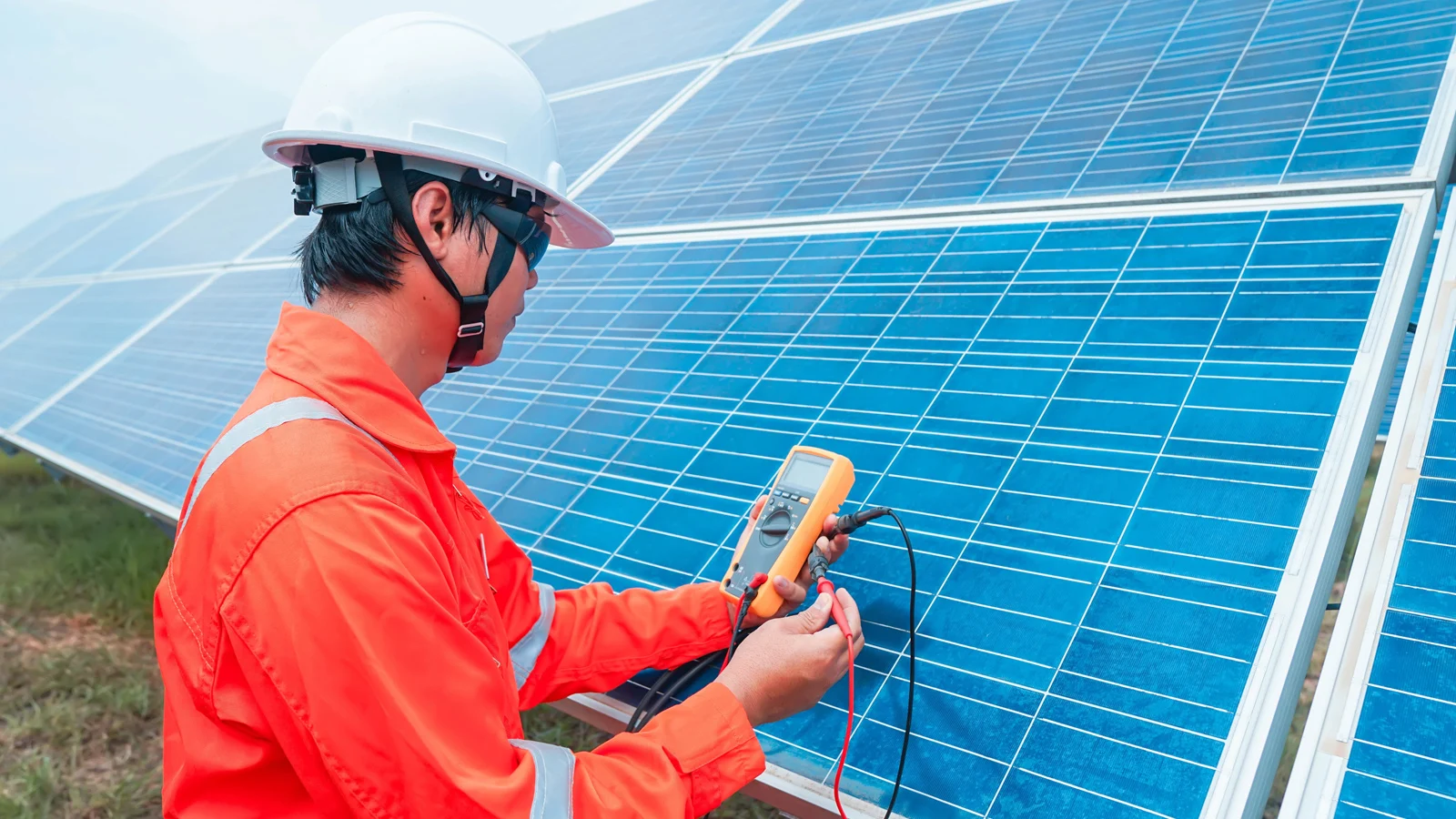A thorough solar inspection process ensures safety, compliance, and system performance. For installers and project developers, following best practices and avoiding common pitfalls can make the difference between a smooth approval and costly rework.
Best Practices for Solar Inspections:
● Pre-Installation Planning – Verify site conditions, roof strength, and shading analysis before system design.
● Code Compliance – Align installations with local electrical, fire, and building codes to prevent delays in approvals.
● Quality Checks – Inspect mounting structures, wiring, and grounding to guarantee long-term reliability.
● Documentation – Maintain detailed records, permits, and manufacturer guidelines for seamless inspections.
Common Pitfalls to Avoid:
● Improper Wiring – Loose connections or undersized conductors can create safety hazards.
● Non-Compliance with Standards – Ignoring NEC or local regulations often leads to inspection failures.
● Inadequate Labeling – Missing safety labels on disconnects and inverters is a frequent oversight.
● Skipping Pre-Checks – Rushing installations without testing continuity, polarity, or insulation resistance can cause rework.
Essential Solar Inspection Checklist:
● Verify correct panel orientation and tilt.
● Inspect the structural integrity of mounting systems.
● Check DC/AC wiring, conduit runs, and grounding.
● Ensure inverters and disconnects are properly installed.
● Test system output and safety mechanisms.
● Confirm compliance with fire, electrical, and utility standards.
● Review permits and final documentation.
A well-structured inspection process saves time, builds customer trust, and ensures long-term system efficiency. By following best practices, avoiding pitfalls, and using a clear checklist, solar installers can achieve higher approval rates and deliver safer, more reliable projects.




